Are you a proud pet parent looking to keep your furry friend’s coat healthy and shiny? Brushing your dog’s coat is not only a bonding activity but also essential for their overall well-being.
Whether you have a long-haired or short-haired breed, regular brushing offers numerous benefits, from removing loose fur to stimulating circulation.
Let’s delve into the ins and outs of brushing your dog’s coat to ensure they look and feel their best.
Contents Overview
Preliminary Summary
- Brushing your dog’s coat is a fundamental aspect of pet care that goes beyond mere aesthetics—it plays a crucial role in maintaining your furry friend’s overall health and well-being.
- By understanding your dog’s coat type and selecting the appropriate grooming tools, you can ensure effective grooming sessions tailored to their specific needs.
- Whether you have a short-haired, long-haired, or double-coated breed, regular brushing offers numerous benefits, including removing loose fur, distributing natural oils, preventing mats and tangles, stimulating circulation, and enhancing bonding between you and your pet.
- This comprehensive guide provides valuable insights into the importance of brushing your dog’s coat, from choosing the right brush to establishing a suitable grooming routine based on their coat characteristics and lifestyle.
- By incorporating regular brushing into your pet care routine, you can keep your dog’s coat healthy, shiny, and free from mats and tangles, while also strengthening the bond between you and your beloved canine companion.
Understanding Your Dog's Coat
Your dog’s coat is more than just fur—it’s a vital part of their physical and emotional well-being.
Understanding the intricacies of your dog’s coat can help you provide better grooming and care tailored to their specific needs. Here’s a quick overview:
Types of Dog Coats
Short-haired Breeds
These breeds typically have smooth, dense coats that shed moderately. Examples include Beagles, Dachshunds, and Boxers. Typically low maintenance but still requires regular brushing to remove loose hair.
Long-haired Breeds
Dogs with long coats, like Shih Tzus, Collies, and Afghan Hounds, require more frequent grooming to prevent mats and tangles. Prone to matting and tangling, requiring more frequent grooming to maintain cleanliness and prevent discomfort.
Double-coated Breeds
Breeds such as German Shepherds, Huskies, and Golden Retrievers have a dense undercoat beneath their outer coat. They may shed heavily seasonally, known as “blowing coat.” Offers insulation and protection from the elements but requires special attention during shedding seasons to manage excess fur.
Coat Characteristics
- Density: Some breeds have dense, plush coats, while others may have thinner, sparser fur.
- Texture: Coats can range from soft and smooth to coarse and wiry, influencing grooming needs and preferences.
- Color and Markings: Coat color and patterns vary widely among breeds, adding to the uniqueness of each dog.
Benefits of Brushing Your Dog's Coat
Brushing your dog’s coat isn’t just about aesthetics—it offers a myriad of benefits that contribute to your pet’s health and happiness. Here’s why regular brushing is essential for your canine companion:
1- Removes Loose Fur
Brushing helps to remove loose hair from your dog’s coat, reducing shedding around your home and minimizing the formation of hairballs, particularly in long-haired breeds.
2- Stimulates Circulation
The act of brushing stimulates blood flow to your dog’s skin, promoting circulation and overall skin health. This increased circulation encourages the distribution of essential nutrients, contributing to a healthy coat.
3- Distributes Natural Oils
Brushing helps to distribute natural oils produced by your dog’s skin throughout their coat. These oils act as a natural conditioner, moisturizing the hair shafts and leaving your dog’s coat shiny and lustrous.
4- Prevents Mats and Tangles
Regular brushing prevents mats and tangles from forming in your dog’s coat, particularly in breeds with longer hair. Mats and tangles can be uncomfortable for your dog and may lead to skin irritation or even infection if left untreated.
5- Enhances Bonding
Brushing your dog’s coat provides an excellent opportunity for bonding and strengthens the relationship between you and your pet. Many dogs enjoy the attention and physical contact involved in grooming, making it a positive experience for both of you.
6- Promotes Skin Health
By removing dirt, debris, and dead skin cells, brushing helps to keep your dog’s skin clean and healthy. Regular grooming also allows you to detect any abnormalities or signs of skin issues early, enabling prompt veterinary attention if necessary.
7- Reduces Allergens
Regular brushing can help reduce the amount of allergens, such as dander and pollen, present in your home by capturing them in the brush rather than allowing them to circulate freely in the air.
8- Prevents Parasites
Brushing allows you to check your dog’s skin for signs of fleas, ticks, or other parasites. Early detection enables you to take appropriate measures to prevent infestations and protect your dog’s health.
Choosing the Right Brush
Choosing the right brush for your dog is essential for effective grooming and maintaining a healthy coat.
With a variety of brushes available, selecting the best one for your pet’s specific needs can seem daunting.
Here’s a guide to help you make the right choice:
1- Slicker Brush
Best for: Long-haired breeds prone to mats and tangles.
Features: Fine wire bristles with angled or curved tips designed to penetrate dense coats and remove mats and tangles without causing discomfort.
Benefits: Helps detangle and smooth out the coat, reducing the risk of matting and keeping your dog’s fur free from knots.
Recommended for: Breeds such as Collies, Shih Tzus, and Golden Retrievers.
2- Bristle Brush
Best for: Dogs with short or smooth coats.
Features: Soft bristles made from natural materials like boar’s hair or synthetic fibers, ideal for distributing natural oils and removing loose hair and debris.
Benefits: Promotes a healthy, shiny coat by stimulating the skin and distributing natural oils evenly throughout the fur.
Recommended for: Breeds like Beagles, Dachshunds, and Boxers.
3- Undercoat Rake
Best for: Double-coated breeds with a dense undercoat.
Features: Wide-spaced, metal teeth designed to penetrate the outer coat and remove loose undercoat fur, particularly during shedding seasons.
Benefits: Helps reduce shedding by removing loose undercoat fur and prevents matting and tangling in the dense undercoat.
Recommended for: Breeds such as German Shepherds, Huskies, and Malamutes.
4- Pin Brush
Best for: Dogs with medium to long coats.
Features: Rounded pins with protective tips designed to gently remove tangles and debris from the coat without scratching the skin.
Benefits: Ideal for daily grooming to keep the coat smooth and free from mats, while also stimulating the skin and promoting circulation.
Recommended for: Breeds like Poodles, Yorkshire Terriers, and Bichon Frises.
5- Comb
Best for: Finishing touches and sensitive areas.
Features: Narrow teeth with rounded ends, available in various lengths and spacing to suit different coat types and grooming needs.
Benefits: Helps detangle stubborn knots, particularly in sensitive areas like the ears and tail, and ensures a smooth, polished finish to the grooming session.
Recommended for: All breeds, especially those prone to matting and tangling.
How to Brush Your Dog's Coat
Brushing your dog’s coat is an essential part of their grooming routine, but it’s crucial to do it properly to ensure your pet’s comfort and coat health.
Here’s a step-by-step guide to brushing your dog’s coat effectively:
1- Prepare Your Tools
Gather the appropriate grooming tools for your dog’s coat type, such as a slicker brush, bristle brush, or comb.
Have treats on hand to reward your dog and make the grooming experience positive.
2- Choose the Right Location
Find a quiet, well-lit area with enough space for you and your dog to move comfortably.
Use a non-slip surface, such as a rubber mat or towel, to prevent your dog from slipping during grooming.
3- Introduce Your Dog to the Brush
Allow your dog to sniff and inspect the grooming tools to familiarize them with the process.
Start with short grooming sessions and gradually increase the duration as your dog becomes more comfortable.
4- Start Gently
Begin brushing your dog’s coat with gentle strokes, starting from the head and working your way down to the tail.
Use slow, deliberate movements to avoid pulling or tugging on your dog’s fur, especially if they have sensitive skin.
5- Brush in Sections
Divide your dog’s coat into sections and brush systematically to ensure thorough grooming.
Pay special attention to areas prone to matting, such as behind the ears, under the collar, and around the legs and tail.
6- Use the Right Brushing Technique
For breeds with long or dense coats, use a slicker brush to remove tangles and mats with short, gentle strokes.
Use a bristle brush or comb to smooth and finish the coat, removing any remaining loose hair and debris.
7- Check for Mats and Tangles
Regularly inspect your dog’s coat for mats, tangles, or foreign objects like burrs or ticks.
Use your fingers or a dematting tool to gently work through any knots, taking care not to cause discomfort to your dog.
8- Be Gentle Around Sensitive Areas
Approach sensitive areas such as the ears, belly, and tail with extra care, using a soft-bristled brush or your fingertips to avoid causing discomfort.
Reward your dog with treats and praise throughout the grooming process to reinforce positive behavior.
9 – Finish with a Comb
Once you’ve finished brushing your dog’s coat, use a comb to smooth and detangle any remaining knots, paying attention to areas that may have been missed.
10- Reward and Reassure
After grooming, reward your dog with praise, treats, or a favorite toy to reinforce positive associations with brushing.
Spend some quality time together to strengthen your bond and make grooming a pleasant experience for both of you.
Frequency of Brushing
The frequency of brushing your dog’s coat depends on several factors, including their breed, coat type, length, and shedding patterns.
Here’s a general guideline to help you determine how often you should brush your dog:
1- Short-haired Breeds
-
- Frequency: 1-2 times per week.
- Reasoning: Short-haired breeds typically shed moderately and have less grooming needs compared to long-haired breeds. Regular brushing helps remove loose fur and keeps their coat healthy and shiny.
- Frequency: 1-2 times per week.
2- Long-haired Breeds
-
- Frequency: 2-3 times per week, or even daily during shedding seasons.
- Reasoning: Long-haired breeds are more prone to matting and tangling, requiring more frequent grooming to prevent knots and maintain coat health. Daily brushing during shedding seasons helps minimize fur accumulation in your home.
- Frequency: 2-3 times per week, or even daily during shedding seasons.
3- Double-coated Breeds
-
- Frequency: Daily during heavy shedding seasons, 2-3 times per week otherwise.
- Reasoning: Double-coated breeds have a dense undercoat that sheds heavily, especially during seasonal changes. Daily brushing with an undercoat rake helps remove loose fur and reduces shedding, while regular grooming throughout the year prevents mats and tangles.
- Frequency: Daily during heavy shedding seasons, 2-3 times per week otherwise.
Considerations:
- Activity Level: Dogs who spend more time outdoors may require more frequent brushing to remove dirt, debris, and outdoor allergens from their coat.
- Health Conditions: Dogs with skin allergies or dermatological issues may benefit from more frequent brushing to remove irritants and promote skin health.
- Personal Preference: Some pet owners enjoy bonding with their dog through grooming sessions and may choose to brush their dog more frequently as a result.
Bottom Line
Brushing your dog’s coat is a simple yet essential aspect of pet care. Not only does it keep your dog looking their best, but it also contributes to their overall health and well-being.
By understanding your dog’s coat type, choosing the right grooming tools, and establishing a regular brushing routine, you can ensure your furry friend stays happy, healthy, and comfortable.
So, grab that brush and enjoy some quality bonding time with your beloved canine companion.

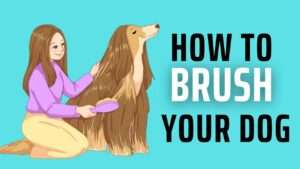
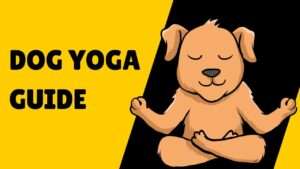
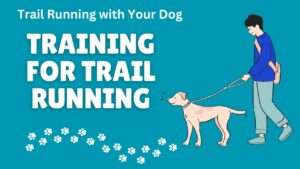
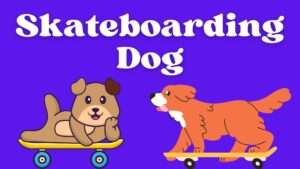
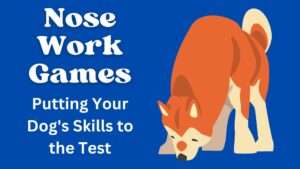
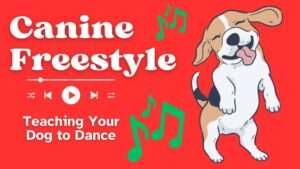
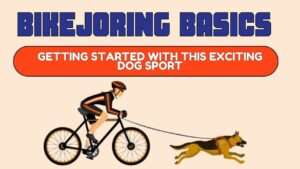
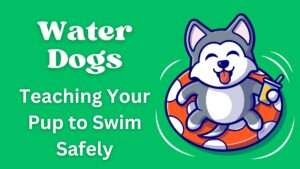
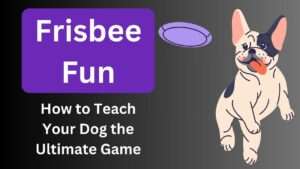
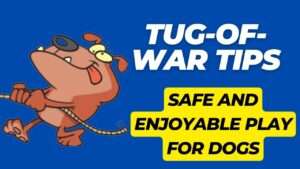
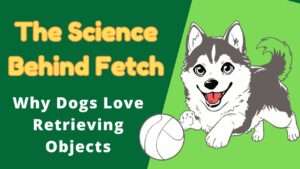
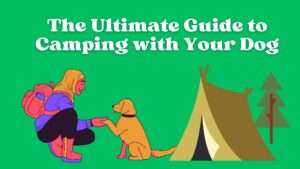
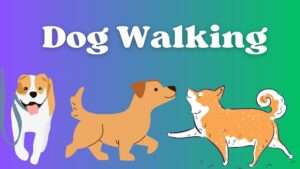
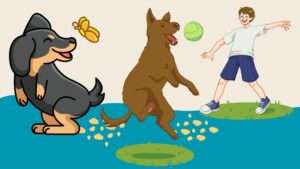
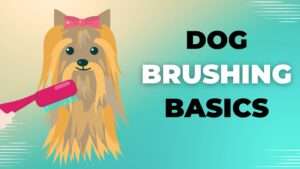
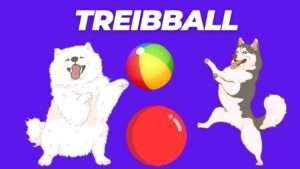
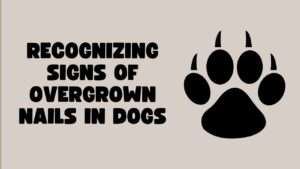
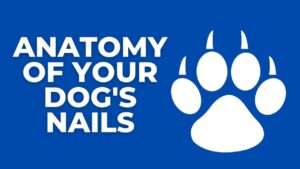

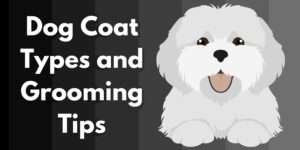
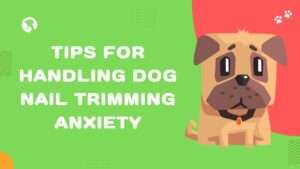
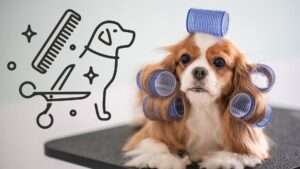
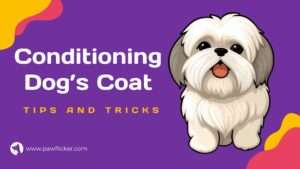
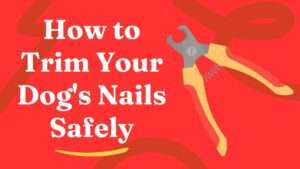
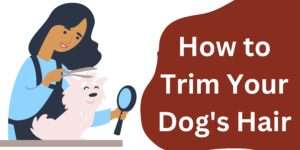
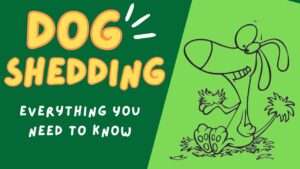
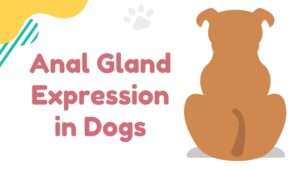







+ There are no comments
Add yours